Here some slides and draft notes of a lecture I delivered in 2010, after visiting Oukaimeden in April 2007. I’m pleased to share pictures, but also some ideas: comments are welcome. Oukaimeden is a very important petroglyphic complex, showing Copper or Ancient Bronze Age (III-beginnings of II mill. BC) engraved weapons, and also interesting points of contact with similar European petroglpyhs, from the Iberian peninsula to the Alpine arc, Mt. Bego particularly. Last but not least, it is also a beautiful natural site...
by Andrea Arcà (Footsteps of Man – IIPP)
Oukaimeden, a Moroccan rock art site
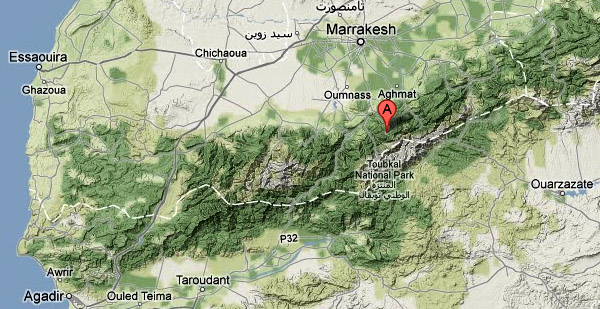
Morocco, the Oukaimeden site (from Google maps)
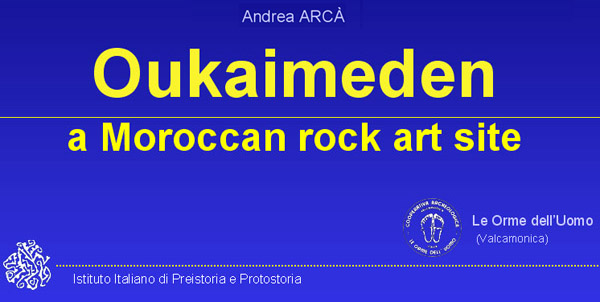
Oukaimeden, a Moroccan rock art site
Andrea ARCÀ, IIPP – Istituto Italiano di Preistoria e Protostoria / Le Orme dell’Uomo (Valcamonica)
(all pictures by A. Arcà)
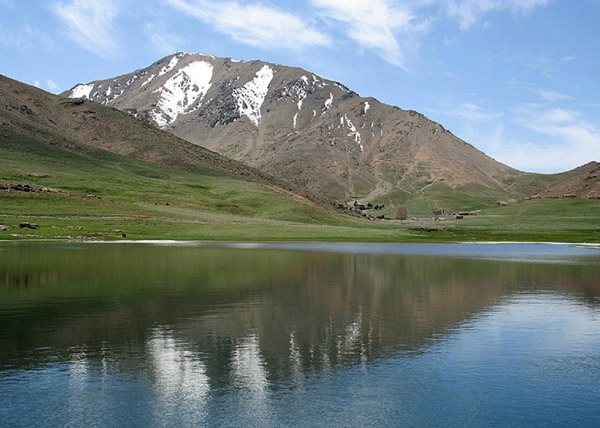
Oukaimeden, the high mountain plateau site (its name means “the Meeting Place of the Four Winds”)
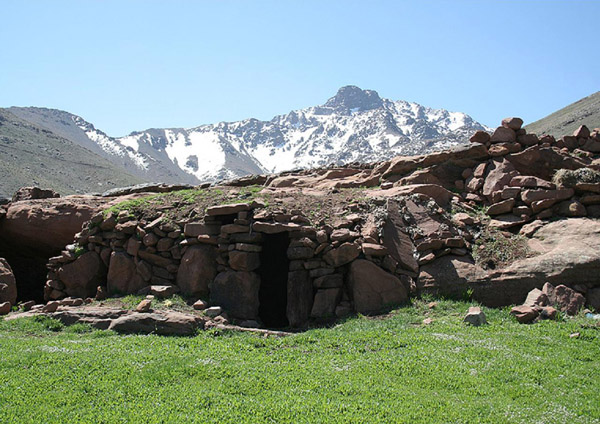
Oukaimeden, summer alpage hamlets
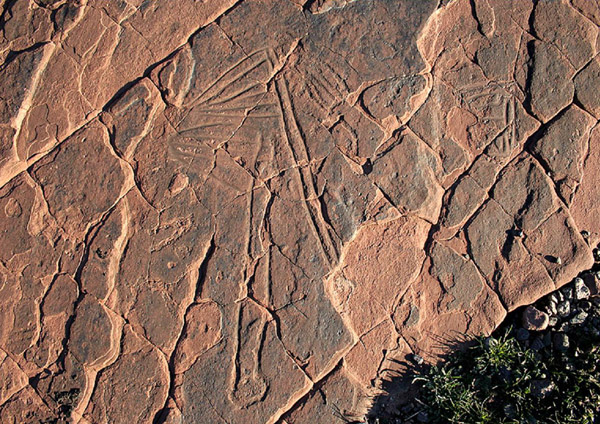
Oukaimeden, Copper Age halberds
Draft notes
Oukaimeden engravings were firstly noticed in the 40’s by Emile Pinguet. In 1949 Jean Malhomme, professor at the Marrakech high school, started to study and document them, enlarging his researches at other High Atlas Moroccan sites, like the Yagour plateau. After ten years of work he published the Corpus des Gravures Rupestres du Grand Atlas (Malhomme 1959-61). In 1999 a complete catalogue, based on contact transparency tracing, was published by the French scholar Alain Rodrigue. More recent detailed studies has been carried out by another French scholar, El Hassan Ezziani (Ezziani 2004, 2006).
Regarding the chronology, the focus point is clearly given by weapon figures, which represent metal object like daggers and halberds. Given the impossibility of comparing them with similar Moroccan archaeological findings, which are not available, one must refer to European weapon samples (including archaeological items and rock art figures), in particular of the Iberian peninsula, like the Carrapatas or El Argar halberds and Galician petroglyphs, covering a late Copper Age – ancient Bronze Age chronological range (late centuries of the III – first centuries of the II mill. cal BC).
There is also the possibility of enlarging these comparisons to the Alpine rock art, where the pattern halberd-dagger is well represented in both main engraved areas (Valcamonica and Mt. Bego; Arcà 2009, 2011), starting from the full Copper Age (first half of the III mill. cal BC) and covering also the Bell-Beaker phase (2500-2200 cal BC).
The study may pertain also to ethnographic considerations: both Mt. Bego and Oukaimeden sites are high-mountain summer pasture areas (sheep and goats), where above all the young men, coming from different valleys, are in charge of the related jobs. A possible relation among these conditions and the pattern halberd-dagger, under the various possible meanings of strength ostentation, superstitious search of good luck or votive figurative offering, may be investigated.
Oukaimeden rock art, 49 slides
To go on watching the lecture (pictures and short notes) like a slide show, please click on the first thumbnail photo.
To read more:
ARCÀ A. 2009, Monte Bego e Valcamonica, confronto fra le più antiche fasi istoriative. Dal Neolitico all’età del Bronzo Antico, parallelismi e differenze tra marvègie e pitóti dei due poli dell’arte rupestre Alpina, in Rivista di Scienze Preistoriche, LIX, 265-306.
ARCÀ A., 2011. Entre Bégo et Val Camonica, une clé pour mieux comprendre l’origine de l’art rupestre dans les Alpes, Bulletin d’études préhistoriques et archéologiques alpines, XXII, Aoste, pp. 71-89.
EZZIANI E.H., 2004. Contribution à une nouvelle chronologie des figures anthropomorphes des gravures rupestres du Haut Atlas (vallée de l’Ourika, Maroc), L’anthropologie, 108, pp. 535–563.
FÁBREGAS VALCARCE R., RODRÍGUEZ RELLÁN C., RODRÍGUEZ ÁLVAREZ E., 2009. Representacións de armas no interior de Galicia (comarca de Deza, Pontevedra). Unha reflexión sobre a distribución e cronoloxía destes motivos, Gallaecia, nº28, pp. 49-68.
MALHOMME J., 1959-61.Corpus des gravures rupestres du Grand Atlas. Partie I et II, publication du Service des Antiquités du Maroc, Rabat.
RODRIGUE A., 1999. L’art rupestre du Haut Atlas Marocain, Paris.
SEARIGHT S., HOURBETTE D., 1992. Gravures rupestres du Haut-Atlas, Casablanca.
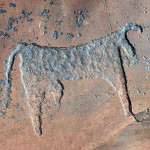

















































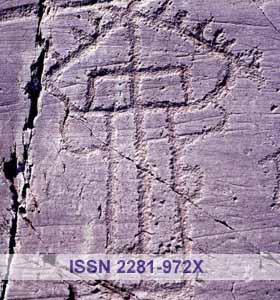











Leave a Reply